Growing Garlic and How To Plant And Grow Garlic In Your Garden
Growing garlic is a luxury for cooks who love fresh seasonings. Plant and grow healthy, fragrant garlic in your garden bed or a container.
Amy Draiss
How to Grow Garlic
Growing garlic (Allium sativum) in the garden is great for those of us who cook as well as those who dine! Try growing some fresh garlic in a kitchen garden for a delicious and handy seasoning. It's a snap to grow at home and is a staple seasoning for dishes of many cultures and countries. Let's take a look at how easy it is to plant and grow garlic.
Tips For Growing Garlic
Growing garlic requires cool temperatures. Garlic can be planted in the fall and, if you live in a cold- winter zone, go ahead and plant garlic four to six weeks before you expect the ground to freeze. This gives the plant time for its roots to establish themselves in the cool months.
By early spring they're ready to produce those delicious bulbs. In milder climate zones you can continue to plant garlic through winter up until February.
How to Plant Garlic
The great thing about planting garlic is you can simply use store-bought cloves. We recommend choosing organically grown garlic. If you’ve purchased a fresh bulb you really like, separate the cloves without peeling their papery coating. Select the largest, healthiest-looking cloves to plant.

Sunlight
Garlic plants appreciate full sun. Locate a spot in your garden bed or determine the sunniest location where a large pot or planter can sit where it will receive at least six hours of sunlight each day.
Soil
Gardening tips, videos, info and more delivered right to your inbox!
Sign up for the Gardening Know How newsletter today and receive a free copy of our e-book "How to Grow Delicious Tomatoes".
Whether in a raised bed or a ground-level garden, garlic likes loose, well-draining soil. Sandy clay loam is great. It’s a good idea to add some organic matter like compost or well-aged manure. Some experts recommend a dose of lime. Otherwise, dig in two tablespoons of 5-10-10 fertilizer, fish meal or bone meal deep below where the garlic clove will be seated.
Planting
Be sure to give your garlic plants plenty of room to grow. In well-draining soil garlic has been known to develop root systems that can grow up to 3 feet (.9 m) deep, so a bed or container should be at least a foot tall.
Plant the cloves 2 inches (5 cm) deep and leave a few inches between them, or up to 6-12 inches (15-31 cm) for larger bulbs. Cloves should go into the soil with the fat end at the bottom, the root end at the top.
If you’re planting rows of garlic, they do best spaced 12-18 inches (30-46 cm) between the rows. For larger bulbs, space them even further apart. After planting your garlic cloves, spread some light mulch over them.
Watering
If there isn't much rain in your area, water the garlic plants while they’re growing just as you would any other green plant in your garden. However, in warmer summer months, garlic does not need much water as the bulbs grow.
Fertilizing
In early spring when the green plants have emerged and are growing it’s fine to fertilize them, but stop feeding them in spring once they begin to form bulbs. Early spring feeding is best done with organic fertilizer and can be done periodically until the bulbs begin to respond to longer days as spring approaches.
Problems
Garlic plants do not appreciate weeds and don’t compete well with them, so be sure the area stays well-weeded. Otherwise, garlic has very few problems from insects and disease.
Harvesting
To keep your bulbs growing larger, it’s best to remove the flowering stems as they appear in spring and early summer. However, the small, tender shoots are delicious and edible.
Begin to check for mature cloves around mid-summer for harvesting. Look for a strong covering of dry, papery skin, and check when the leaves of the plants begin to turn brown.
Curing
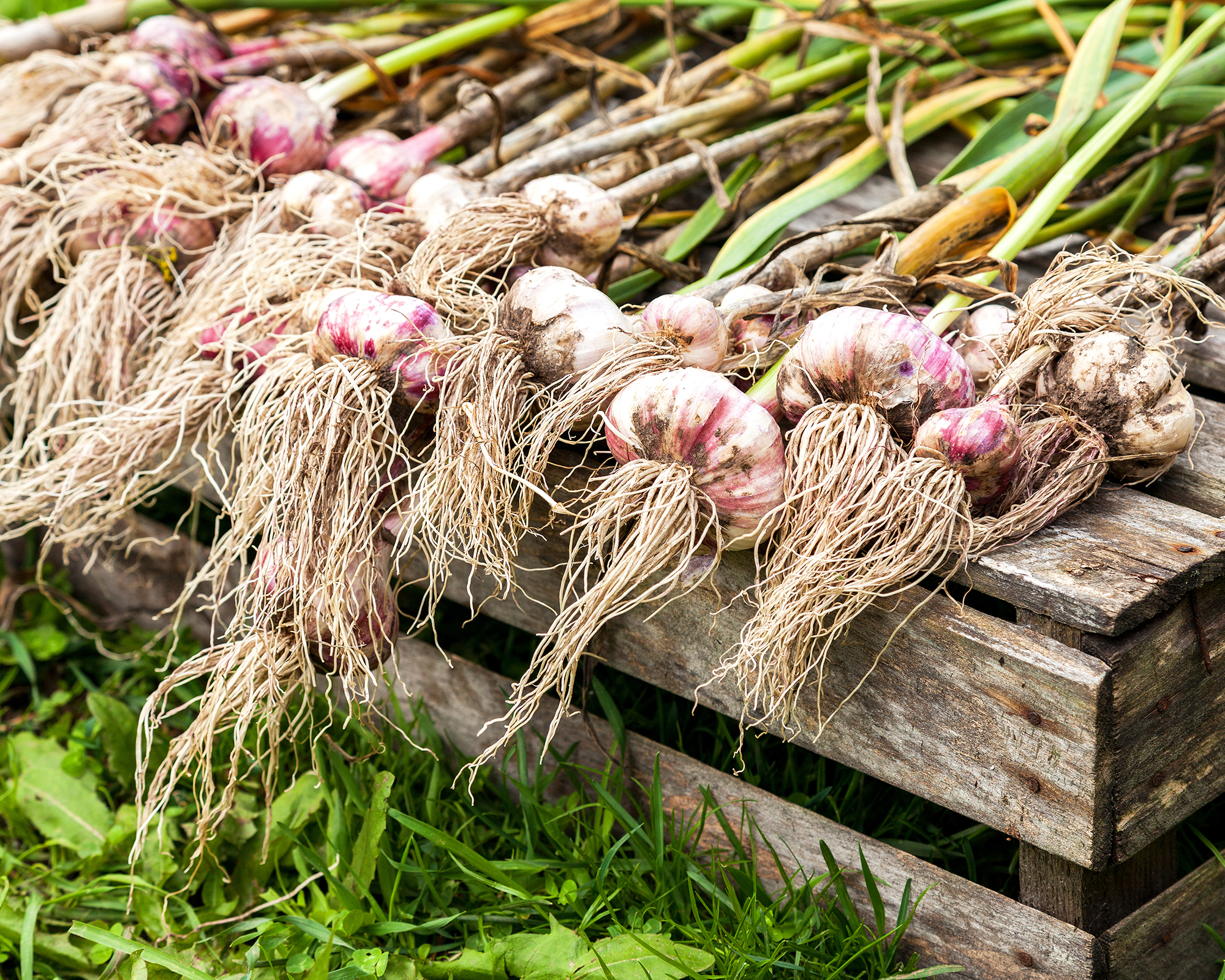
Garlic needs to cure and dry before it is stored. Dry the bulbs in a dry, warm space for a few days before removing the tops and the roots. Or, braid the green leaves together and hang them in a well-ventilated location. Air-dried garlic lasts 5 to 8 months.
For the long term consider freezing, drying, pickling or using the cloves to flavor oils and vinegars.
Other Uses and Companions
In addition to adding flavor to food, garlic is useful in other ways. It can be effective when used to make an insecticidal spray, which is much safer than chemicals and easy to make at home.
Another advantage to growing garlic is when it's planted among other garden plants, it repels aphids and spider mites.
There is a long list of plants that will grow happily near garlic. However don't plant asparagus, peas, beans, sage, and parsley near garlic as it can stunt their growth.
Italian, Thai, Chinese, Mexican, Peruvian, Mediterranean and American are just some of the cuisines that use garlic as a staple. The British Heart Foundation says, “Garlic has long been associated with health benefits – from curing a cold to lowering blood pressure and cholesterol levels. Garlic contains vitamins C and B6, manganese and selenium, but it's a chemical called allicin, a type of antioxidant, which is thought to be responsible for its positive effects.”
We love it just because it’s delicious.

Heather Rhoades founded Gardening Know How in 2007. She holds degrees from Cleveland State University and Northern Kentucky University. She is an avid gardener with a passion for community, and is a recipient of the Master Gardeners of Ohio Lifetime Achievement Award.
- Amy DraissDigital Community Manager
-
 Zinnias On Repeat: 10 Glorious Cut-And-Come-Again Varieties For Endless Summer Bouquets
Zinnias On Repeat: 10 Glorious Cut-And-Come-Again Varieties For Endless Summer BouquetsThese zinnia varieties keep giving all summer, making them the perfect choice for dedicated cutting gardens – or just the occasional homegrown bouquet.
By Ellen Wells
-
 Create A Romantic Garden Straight Out Of Bridgerton: Regency Era Romance In Your Garden
Create A Romantic Garden Straight Out Of Bridgerton: Regency Era Romance In Your GardenTry some romantic garden ideas straight out of Bridgerton. Flowers and gardens in the Regency era were lush and charming and you can get the same look!
By Bonnie L. Grant
-
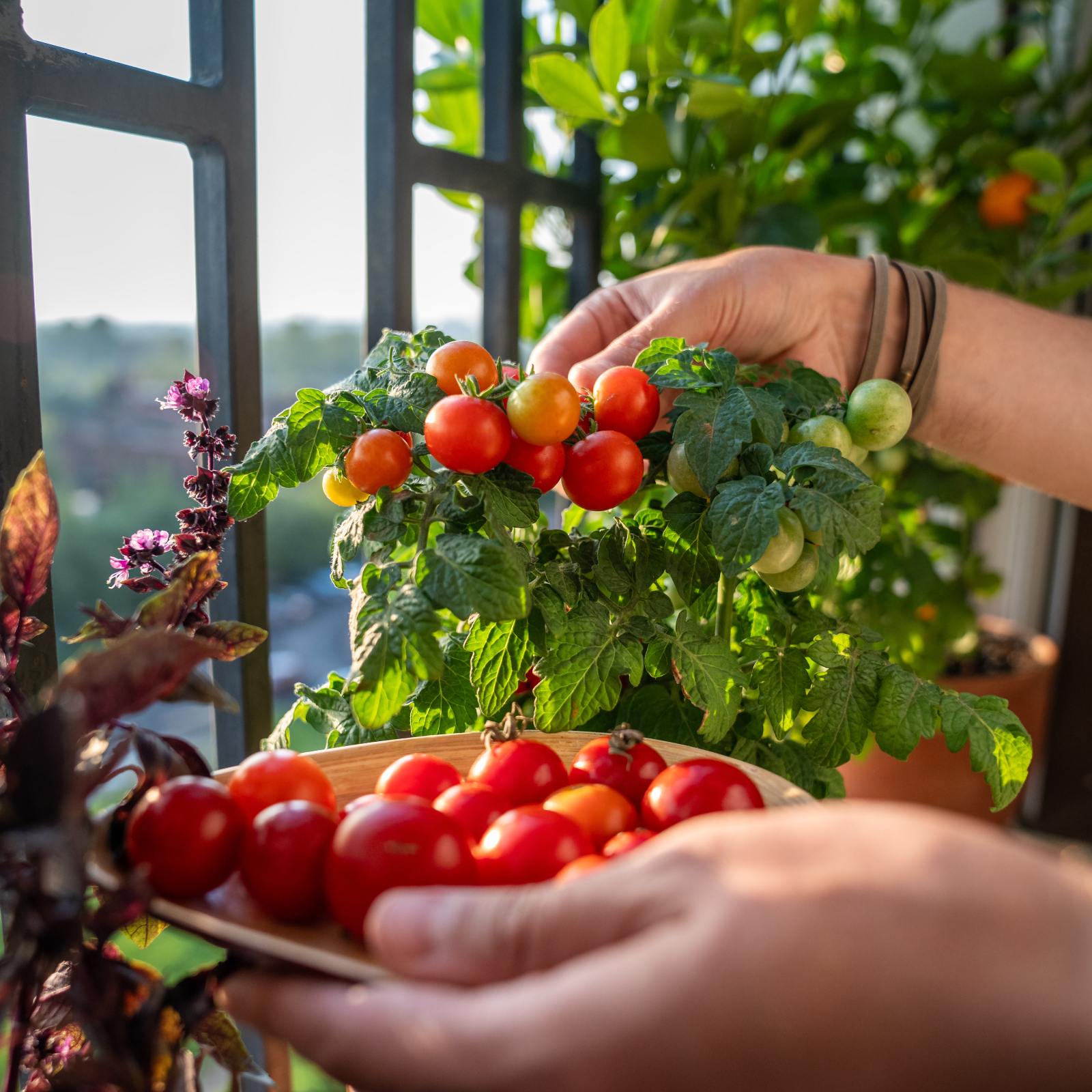 Best Tomatoes For Containers: 10 Tastiest Varieties For Plentiful Produce In Compact Areas
Best Tomatoes For Containers: 10 Tastiest Varieties For Plentiful Produce In Compact AreasThese are the best tomatoes for containers that prove you don't need to have a large space or elaborate garden to grow delicious produce.
By Bonnie L. Grant
-
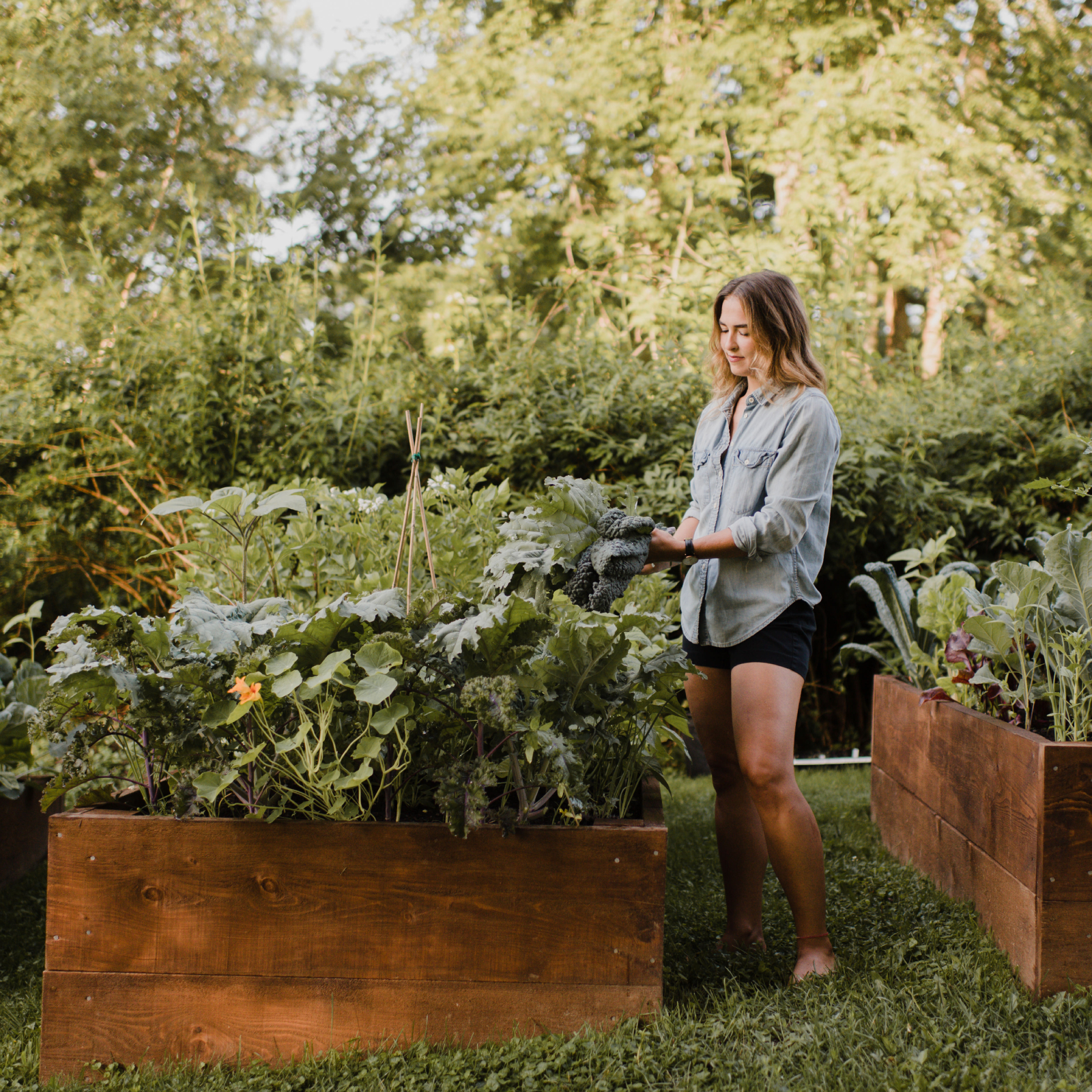 Raised Bed Garden Layout Ideas To Maximize Your Vegetable Harvest
Raised Bed Garden Layout Ideas To Maximize Your Vegetable HarvestCurious how to maximize your vegetable garden this year? Try these raised bed layout ideas and tips to get the most out of your space.
By Teo Spengler
-
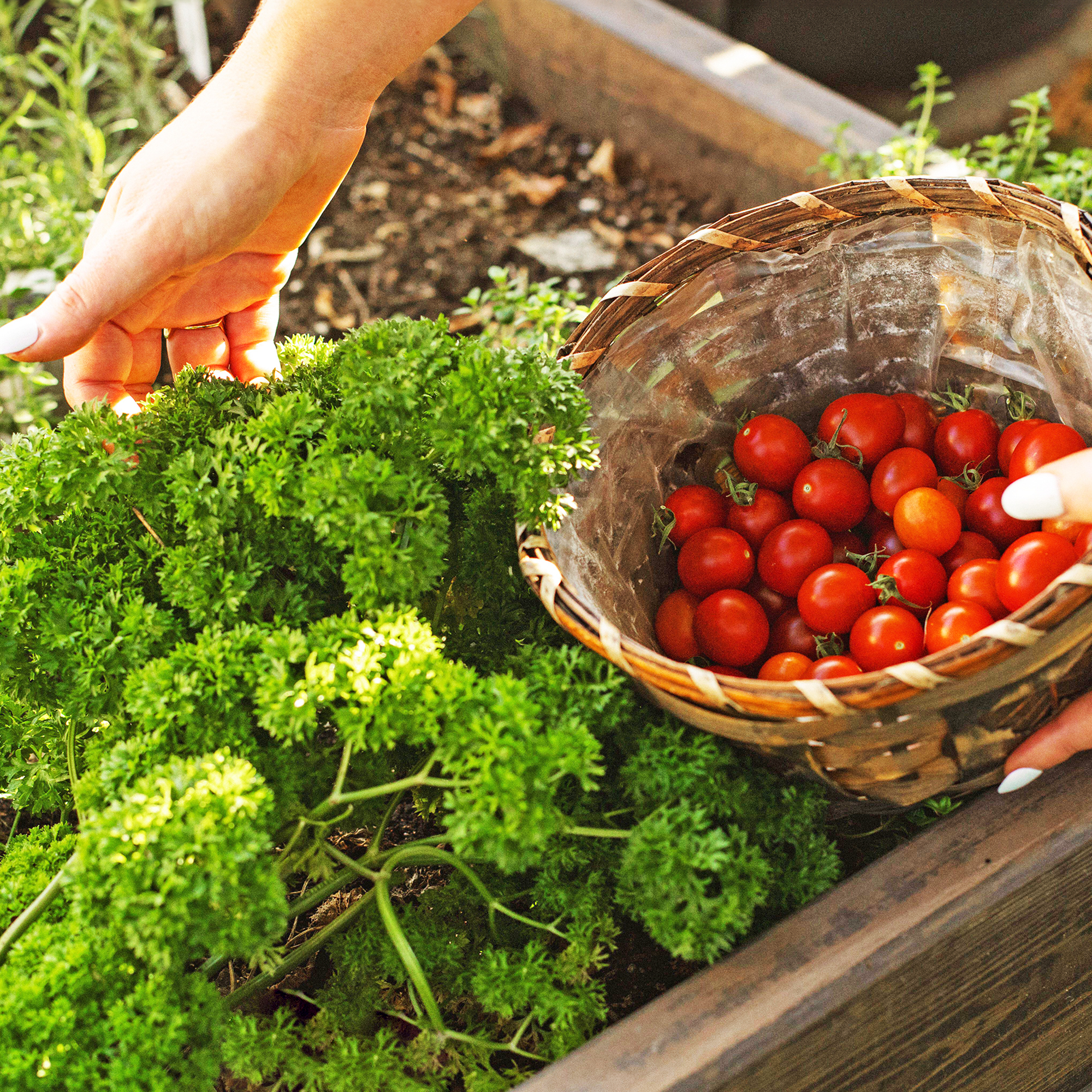 Best Herbs To Plant With Tomatoes: 6 Perfect Companions For Better Flavor & Bigger Harvests
Best Herbs To Plant With Tomatoes: 6 Perfect Companions For Better Flavor & Bigger HarvestsCertain herbs make excellent neighbors to tomatoes in the vegetable garden, repelling pests, keeping down weeds, and enhancing flavor. Try these top varieties.
By Mary Ellen Ellis
-
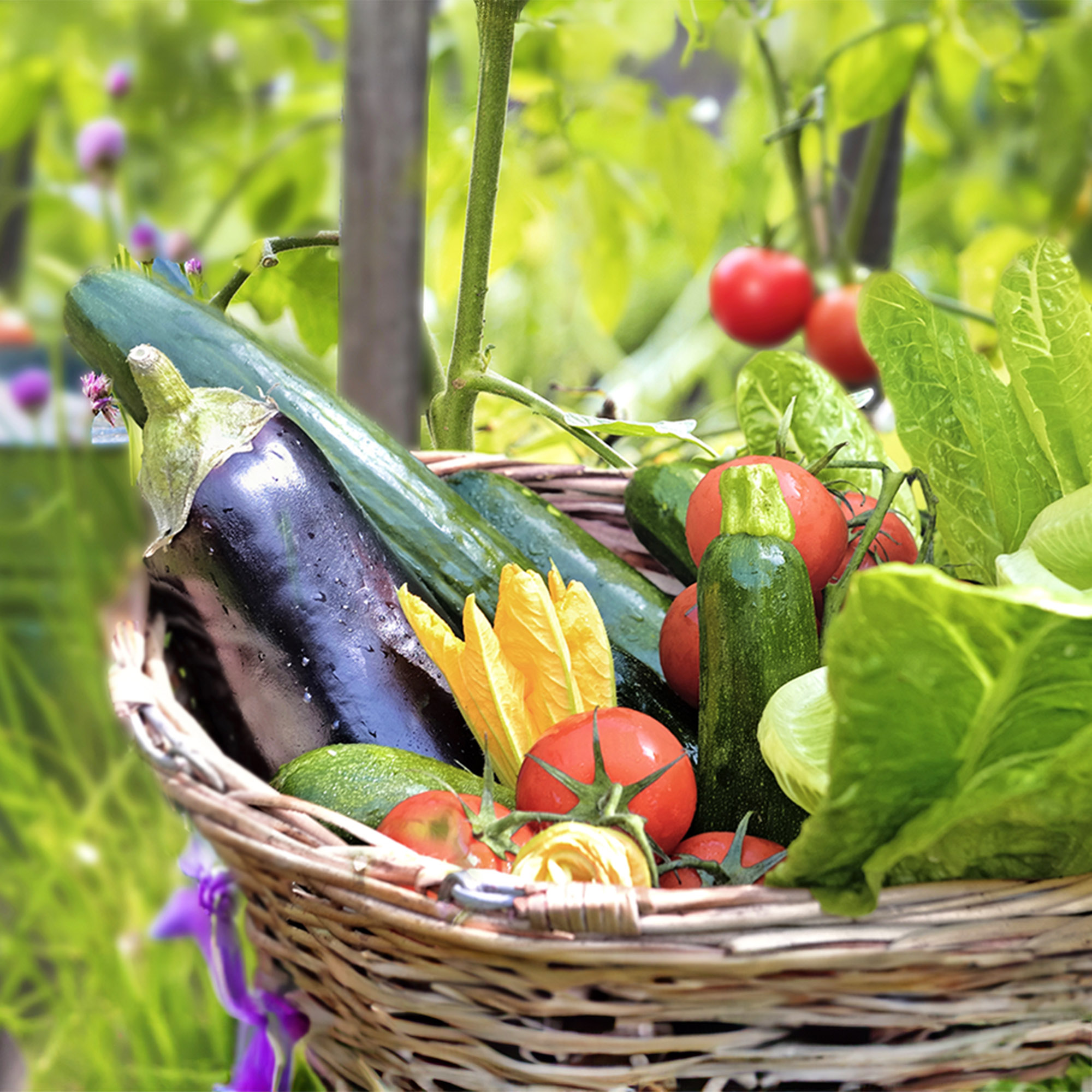 7 Best Vegetables To Plant In February – And Start Harvesting From Early Spring
7 Best Vegetables To Plant In February – And Start Harvesting From Early SpringGet a head start on your garden with these delicious veggies. Plant now and you can begin enjoying home-grown harvests sooner than you think.
By Mary Ellen Ellis
-
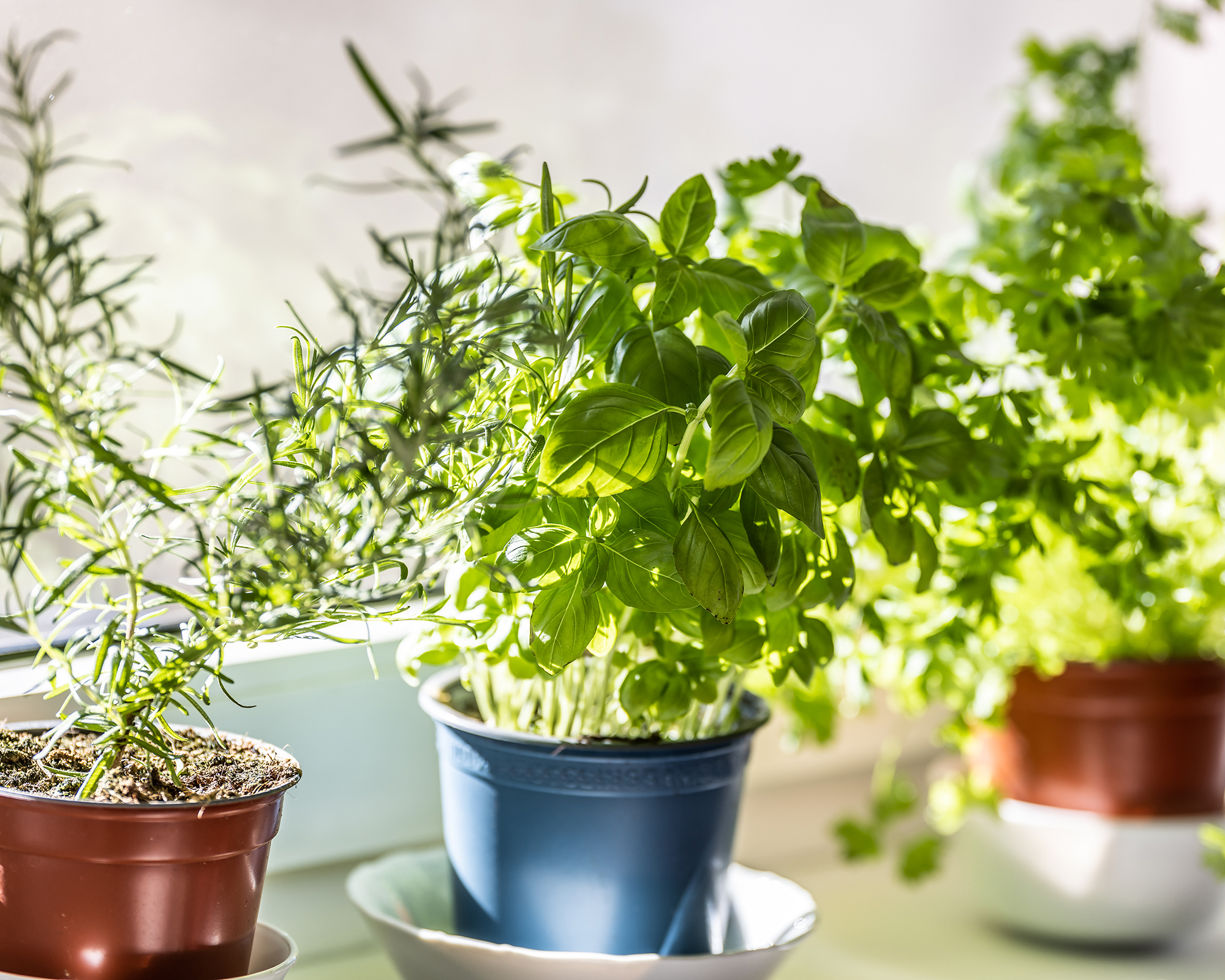 How To Grow A Windowsill Full Of Veggies This Winter, According To A Top Gardening Expert
How To Grow A Windowsill Full Of Veggies This Winter, According To A Top Gardening ExpertAward-winning journalist and climate-resilient gardening expert Kim Stoddart reveals her top plant picks and tips for a productive winter windowsill garden.
By Kim Stoddart
-
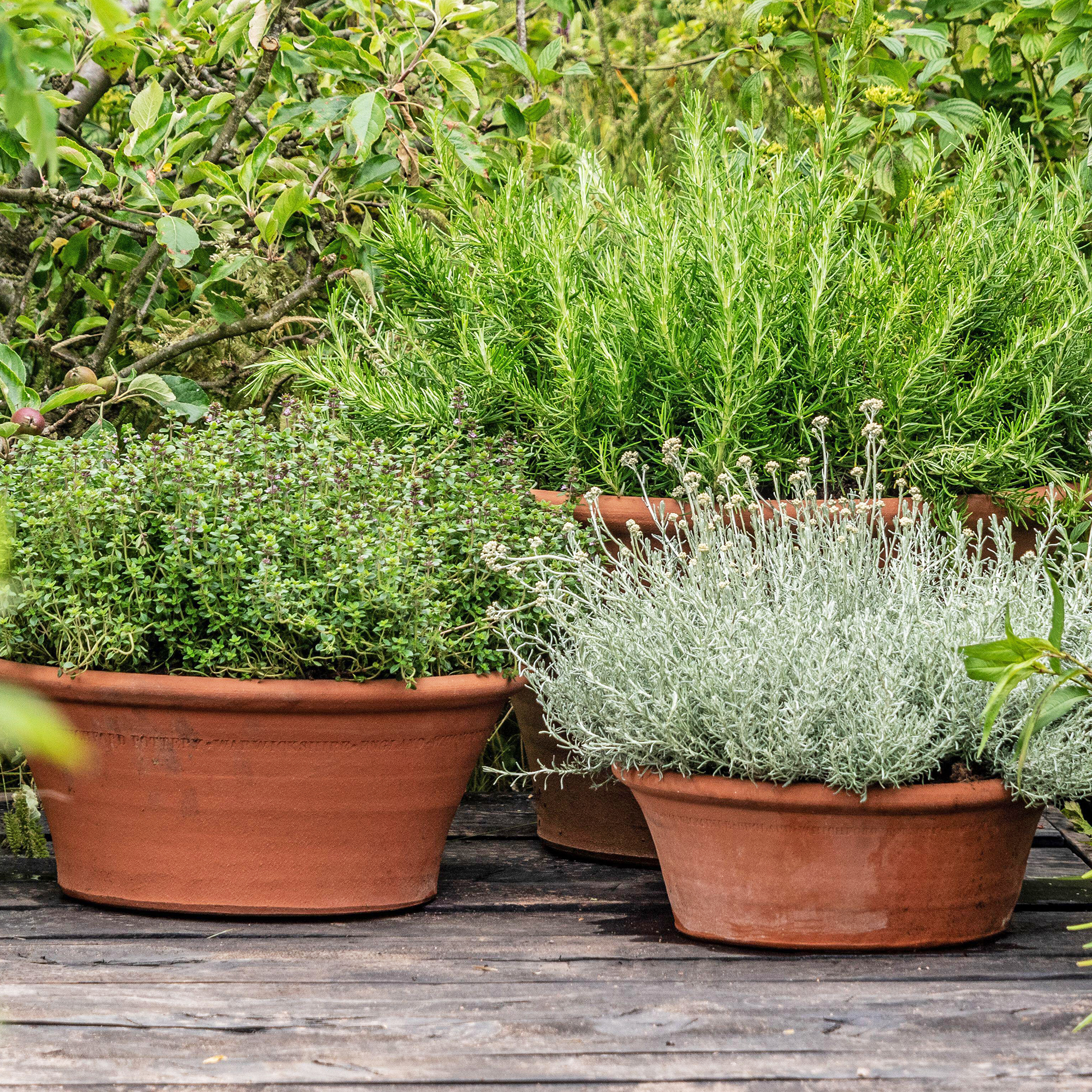 7 Perennial Herbs Perfect For Pots – Enjoy Aromatic Patio Harvests Year After Year
7 Perennial Herbs Perfect For Pots – Enjoy Aromatic Patio Harvests Year After YearDiscover the best perennial herbs to grow in pots. Ideal for small spaces, these low-maintenance plants offer year-round flavor and greenery on your patio.
By Bonnie L. Grant
-
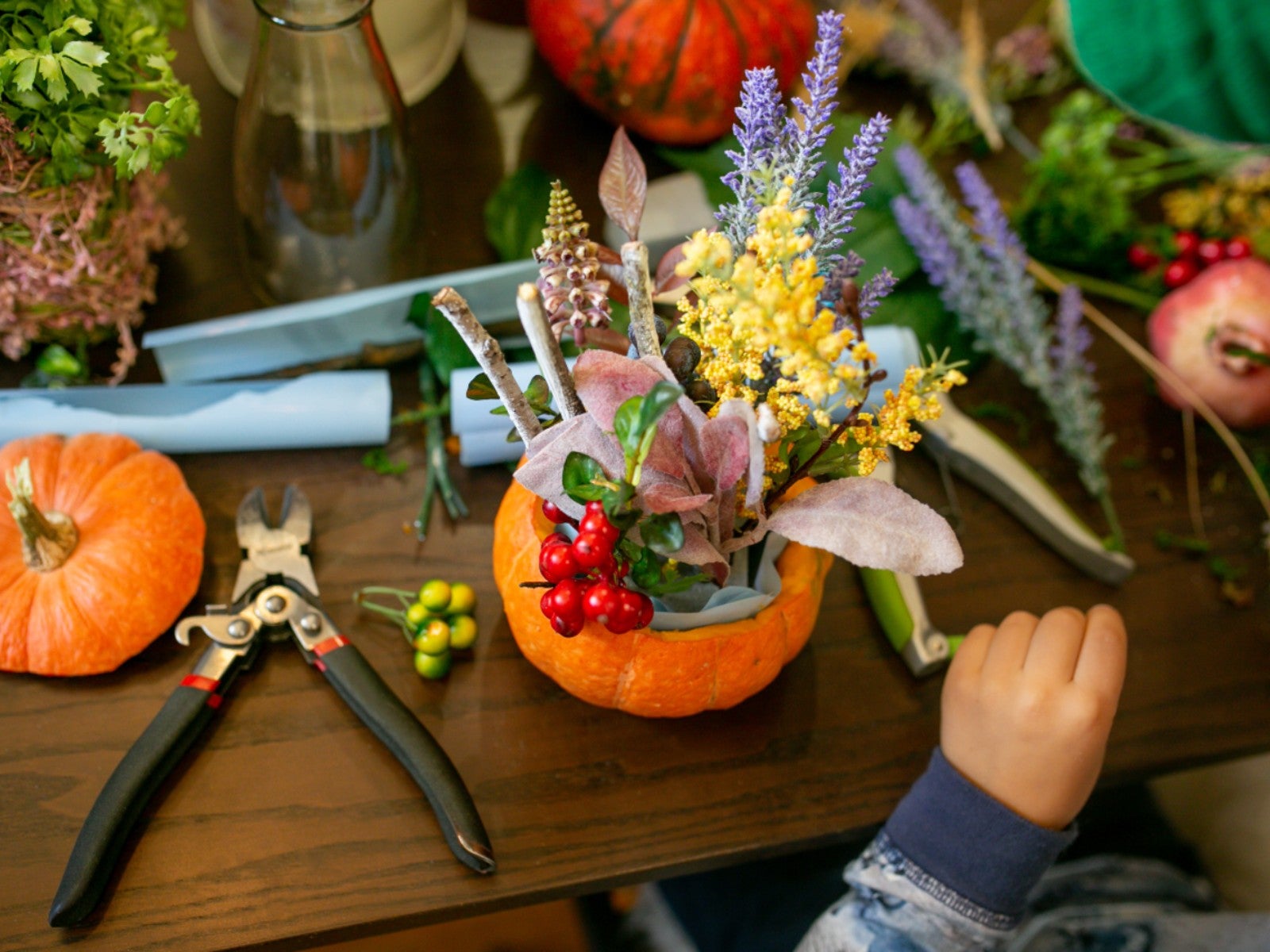 Do-It-Yourself Floral Pumpkin Centerpiece
Do-It-Yourself Floral Pumpkin CenterpieceCan you believe this pretty pumpkin centerpiece was made with just $13 worth of supplies? Plus, it was quick and easy.
By Amy Draiss
-
 9 Fun Things To Do With Pumpkins That Are Past Their Prime
9 Fun Things To Do With Pumpkins That Are Past Their PrimeWondering what to do with your pumpkin after the Halloween fun is over? Learn what to do with your pumpkins when you are done decorating with them.
By Teo Spengler
